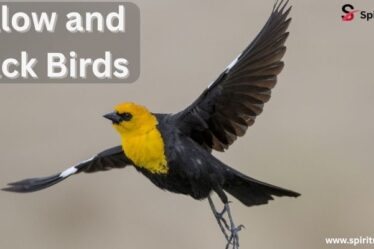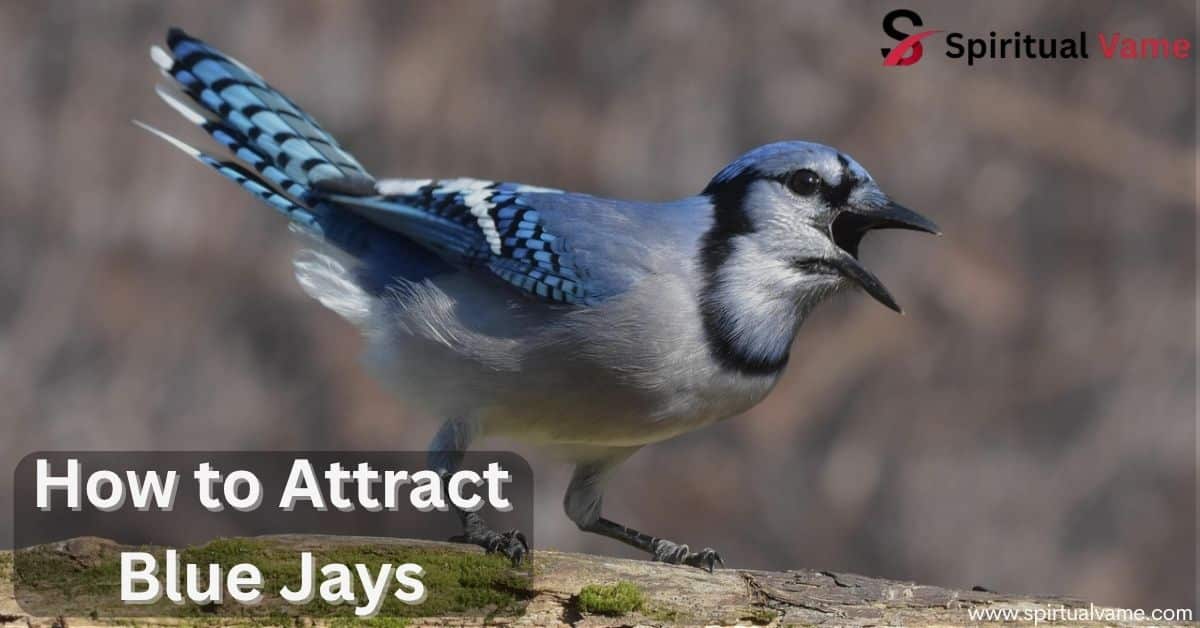
Blue Jays, known scientifically as Cyanocitta cristata, are one of the most stunning birds you can welcome into your backyard. Their bright blue feathers, sharp intelligence, and lively calls make them favorites for birdwatchers across the USA. Whether you’re a beginner or a seasoned birder, learning how to attract Blue Jays is a rewarding experience.
Attract Blue Jays to Your Backyard
When you think about creating a haven for Blue Jays, it’s important to meet their basic needs: food, water, and shelter. These birds are intelligent and cautious, so making your backyard a safe and inviting place will increase your chances 1000%. Experts from Songbird Station suggest that you set up special feeding stations filled with their favorite treats. In places like Columbia MO, backyard birders have found success by mimicking natural habitats with plenty of trees and shrubs where Blue Jays can hide and nest.
Bird-friendly yards need a blend of open spaces and protective cover. Blue Jays prefer areas that offer both visibility for spotting predators and dense foliage for shelter. Think about planting oak trees, beech trees, and hazelnut trees. Even adding berry bushes and flowering plants like elderberries and huckleberries can work wonders. According to experts like Alexander Wilson, who first studied Blue Jays in depth, these birds thrive in diverse habitats filled with natural food sources.
Quality Food
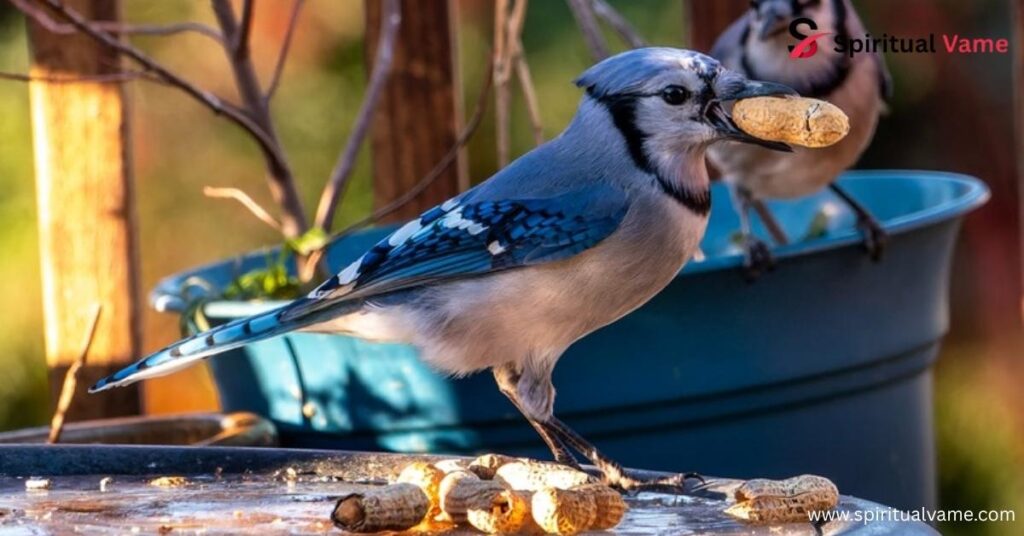
Food is the fastest way to a Blue Jay’s heart! Offering the right foods consistently is crucial. Blue Jays love peanuts—especially whole peanuts and shelled peanuts—black oil sunflower seeds, mealworms, suet, and cracked corn. Birding experts at Flocking Around and brands like Kaytee and Winfield Farm highlight the importance of fresh and high-quality food. A few handfuls of corn kernels or a spread of peanut butter will quickly catch their attention.
Use strong bird feeders that can handle the Blue Jays’ weight and size. Options like platform feeders, hopper feeders, peanut wreaths, and cage feeders are excellent choices. Placing the food near trees or dense shrubs will make them feel safer while feeding. If you offer a good mix of seeds, nectar, fruit, and insects, you’ll see results in just 5 to 10 days!
Clean, Fresh Water
Providing clean, fresh water is just as important as food. Bird baths are essential for both bathing and drinking. Moving water sources like fountains and drippers attract more Blue Jays because the sound of water grabs their attention. According to Perky-Pet, water that is 2-3 inches deep is ideal, and you should refresh it every day to keep it clean and safe.
Blue Jays love bathing! A shallow bath with a slightly textured bottom will give them good footing. During winter, adding a birdbath heater ensures the water doesn’t freeze. Remember, a reliable water source can attract Blue Jays 1000% more effectively than food alone in certain seasons.
Safe, Secure Shelter (and Nesting Sites)
Shelter is vital if you want Blue Jays to stay longer in your yard. They need a place to hide from predators like hawks, cats, and squirrels, and also somewhere to build their cup-shaped nests. Plant native trees like pinyon pine, beech trees, and oak trees to create a bird-friendly landscape.
You can even install nesting shelves and roost boxes to encourage them to build nests. Blue Jays are monogamous birds, meaning they often stay with one partner for life, and they are very particular about where they raise their fledglings. Offering plenty of nesting materials like twigs, grasses, and even pet hair can help. Keep your shelter dense but not too dark—Blue Jays like forest edges with a clear view of open spaces.
How to Attract Blue Jays
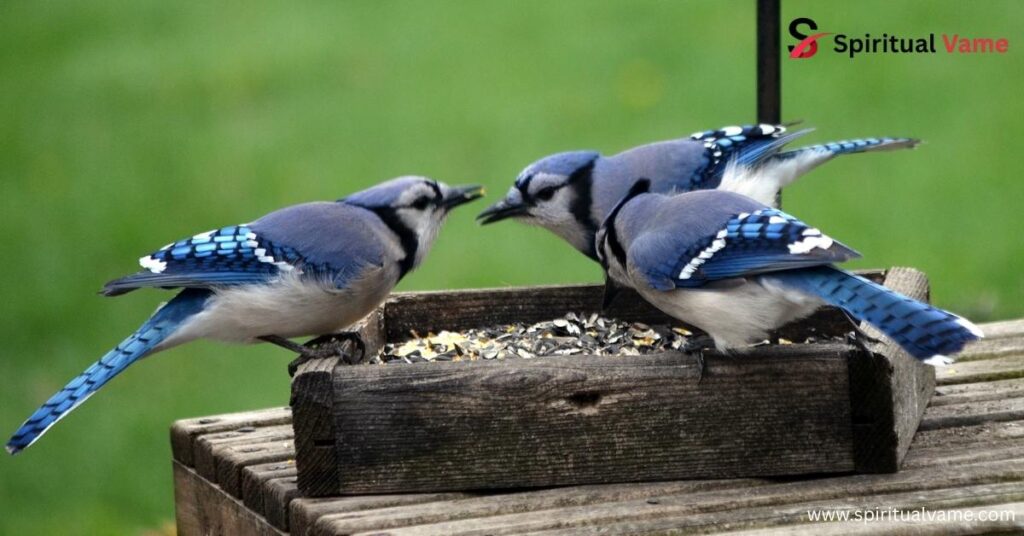
To successfully attract Blue Jays, think about creating a complete ecosystem in your yard. Offer high-quality food like suet, shelled peanuts, and mealworms, along with clean water from reliable bird baths. Give them safe spots to nest by planting native trees and adding bird-friendly yards landscaping techniques.
Experts recommend patience because Blue Jays are cautious birds. Once they realize your yard is a safe, rich environment, they’ll become regular visitors. Over time, with consistent food sources and shelter, you’ll find yourself waking up to their cheerful calls more and more often.
Blue Jays’ Favorite Foods
Blue Jays are big fans of peanuts, whether shelled or whole. Sunflower seeds—especially black oil sunflower seeds—are another staple. In the warmer months, they enjoy fresh berries like grapes, blackberries, and elderberries. Offering a variety of foods keeps them interested and satisfies their nutritional needs.
Brands like Kaytee and Winfield Farm offer premium mixes that include favorites like mealworms and cracked corn. Always avoid stale or moldy food because Blue Jays are smart and picky. Feeding them consistently ensures they’ll keep coming back day after day.
Bird Baths and Drinking Water for Blue Jays
Hydration is essential for Blue Jays, especially during hot summers and cold winters. Having a birdbath filled with clean, fresh water will greatly improve your chances of seeing them. If possible, set up multiple water stations like fountains or drippers throughout your yard to create natural drinking spots.
During colder months, installing a heated birdbath prevents water from freezing and keeps the Blue Jays visiting. Maintenance is key—regularly scrubbing the birdbath with a mild solution ensures that no algae or bacteria grows, keeping your visitors healthy and safe.
Blue Jay Shelters
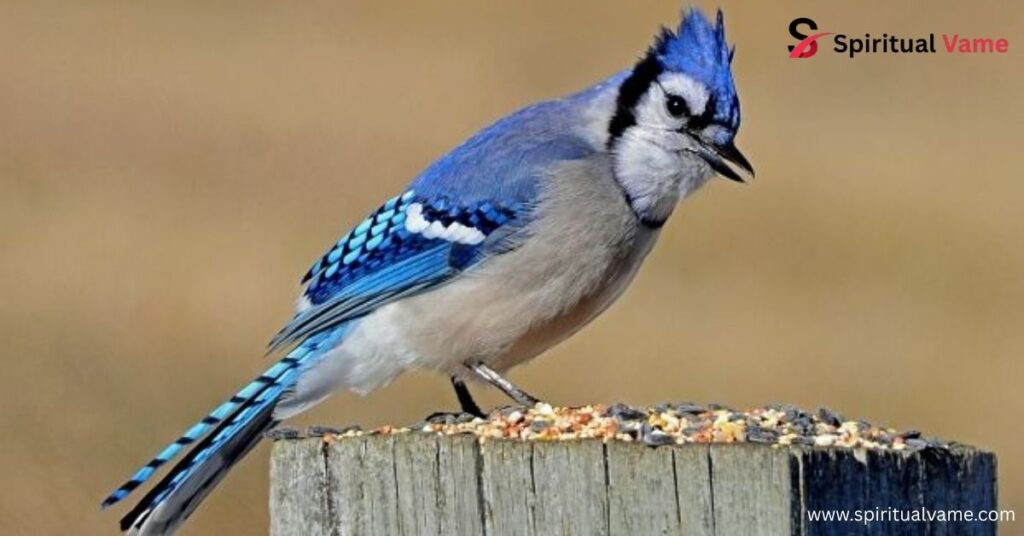
When building shelter for Blue Jays, think about layers: tall trees, medium shrubs, and ground cover. Trees like oak trees, hazelnut trees, and pinyon pine provide perfect nesting spots. Shrubs like berry bushes give them a great place to hide from predators.
Adding roost boxes or nesting shelves near the edges of your backyard mimics their natural preference for forest edges. Make sure these spaces are protected from heavy winds and too much direct sun, creating the safest environment possible.
How do I attract Blue Jays to my yard
If you want to attract Blue Jays quickly, start by offering whole peanuts every morning at the same time. Pair this with fresh, moving water and plenty of natural cover. Feeding stations placed near trees encourage cautious birds to approach. Keeping the yard quiet and free of aggressive pets helps too.
Consistency is the biggest factor. It may take a week or two, but once they feel safe, they’ll visit daily. Even if they disappear for a few days, don’t worry—they often explore a feeding route of several backyards!
Where do Blue Jays Live
Blue Jays naturally live across the eastern and central parts of North America. They are found from southern Canada down through the USA, especially near forests, parks, and suburban neighborhoods. In places like Columbia MO, they thrive in both urban backyards and rural woodlands.
Their adaptability allows them to live in many different habitats, but they always need trees for shelter and food sources nearby. You don’t have to live in a deep forest to attract them—good landscaping and feeding practices are enough.
Blue Jay Range Map
Over time, Blue Jays’ range has expanded dramatically. Originally concentrated in eastern forests, today they are seen as far west as Texas and parts of the Rocky Mountains. Their territory stretches from southern Canada all the way to Florida.
Many bird rescue organizations and sites like Perky-Pet® and Songbird Station track Blue Jay populations using detailed range maps. Thanks to reforestation and backyard feeding, these stunning birds are becoming more common across new areas.
Expansion of the Blue Jay Population & Range
Environmental changes like urban greening and the availability of backyard food have caused a boom in Blue Jay numbers. Their population has grown significantly, and they’ve moved into new regions where they were once rare.
Experts from Flocking Around believe the expansion will continue, especially as people plant more native trees and maintain water sources. The Blue Jay is a brilliant example of how wildlife can adapt when given the right environment.
What habitat do Blue Jays live in
Blue Jays love forest edges, open woodlands, parks, and large gardens. They prefer areas with a mix of tall trees and open spaces where they can spot predators easily while still having quick access to shelter.
Creating a similar habitat in your backyard is not hard. Focus on planting native trees, setting up feeders near cover, and adding flowering shrubs for food and nesting materials. Diversity is key—Blue Jays flourish in rich, layered landscapes.
What is the best bird food for attracting Blue Jays
Fresh peanuts, especially in the shell, are hands down the best bait for Blue Jays. They also appreciate black oil sunflower seeds, mealworms, suet cakes, and even fresh fruits like cherries and grapes.
Offering a mixture keeps them coming back. Avoid cheap birdseed blends filled with fillers like millet. Quality matters! Brands like Perky-Pet®, Kaytee, and Songbird Station offer excellent options specifically for attracting Blue Jays.
Peanut Wreath Bird Feeder
One of the best ways to offer peanuts is using a peanut wreath feeder. These circular metal feeders allow Blue Jays to pull out whole peanuts easily, keeping them entertained and well-fed. You can find them online at places like Amazon or specialty stores like Songbird Station.
Setting up a peanut wreath close to tall trees or large shrubs ensures a perfect landing spot. It’s one of the top tricks recommended by experienced birders at Flocking Around.
How to provide clean water for Blue Jays
Set up several bird baths with clean, fresh water across your yard. Make sure they are shallow, around 2-3 inches deep, and ideally have a gentle dripper or fountain to keep the water moving.
Blue Jays love the sound and sight of moving water. During freezing months, using a birdbath heater will prevent ice formation and ensure that they have a water source even in the coldest weather. Clean the birdbath every 5-7 days to avoid bacteria build-up.
Why is that Blue Jay bald
Sometimes you might spot a Blue Jay with a bald head, and it can look alarming. However, this is usually normal. Many Blue Jays molt all their head feathers at once, giving them a temporary bald look. This process happens naturally once a year.
In some cases, parasites like mites can cause feather loss, but it’s much rarer. If you see a bald Blue Jay at your feeding station, don’t worry—they usually grow their feathers back within 10-12 days!
Conclusion
Attracting Blue Jays to your backyard isn’t just about tossing out some seeds and hoping for the best. It’s about building a welcoming environment filled with their favorite foods like peanuts, sunflower seeds, and mealworms, providing clean, moving water from bird baths and drippers, and creating safe, lush spaces with trees like oak trees and pinyon pines. Using sturdy feeders such as platform feeders or a peanut wreath can make a huge difference too, ensuring these intelligent, colorful birds feel comfortable visiting again and again.

